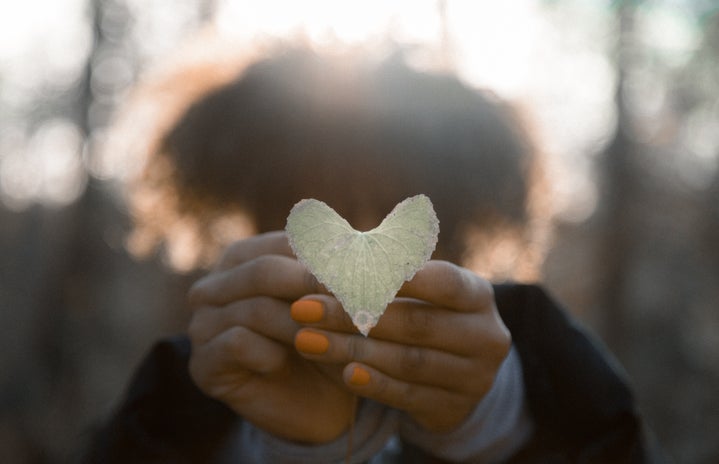In 2004, an Australian man who goes by the pseudonym “Juan Mann” stood in a busy intersection holding up a cardboard sign that read “Free Hugs” on both sides. The idea arose from Mann’s personal difficulties. “I started giving out Free Hugs mostly because at the time I had nobody around,” he later reported. “No one hugged me or socialized with me. Then out of nowhere this young woman came up to me at a party and hugged me. For the first time in months I felt alive.” The Free Hugs movement started as one man’s mission to bring affection to the masses but thanks to a music video that received millions of views and an appearance on The Oprah Winfrey Show, has spread into a global campaign.
Mann’s conception caught on so quickly because it speaks to a basic part of the human condition: the need to be touched. Tiffany Field, Director of the Touch Research Institute, found that premature newborns who receive fifteen minutes of touch therapy everyday for 5-10 days gain 47% more weight that those receiving only standard medical treatment. Human contact is essential for an infant’s development and its importance continues into our adolescent and adult lives. Studies have demonstrated the benefits of touch in countless contexts; students who receive a friendly pat on the back from a teacher are more likely to raise their hand in class; patients touched appropriately by their doctors have better health outcomes; NBA players who touch teammates more in the first half of the season一think high fives and chest bumps一play more cooperatively and perform better in the second half. When we touch others, oxytocin is released in our brains, generating feelings of trust and compassion that strengthen our relationships and make us happier and healthier.
Touch is so critical because it is one of the most powerful ways we can communicate emotion and compassion. In a lab run by Dacher Keltner, the founding director of the Greater Good Science Center, researchers constructed a barrier in their lab separating two strangers. While one participant stuck their arm through the barrier, the second tried to a convey a certain emotion by touching their forearm. The first participant was asked to guess what emotion was being communicated. Given the number of emotions used, the odds of randomly guessing right were 8%. Yet participants were able to recognize compassion nearly 60% of the time, and other emotions including anger, love, and fear half of the time. They could even distinguish between similar states such as compassion and gratitude. Even without verbal or visual communication, a simple touch can send a powerful message. Keltner describes touch as “its own language of compassion, a language that is essential to what it means to be human.”
The neuroscientist David Linden asserts that our sense of touch is intrinsically emotional. We can find this tie between sensation and emotion in our everyday language when we use phrases like “I’m touched by your concern” or “I didn’t mean to hurt your feelings”. When we’re touched, streams of information travel to the spinal cord and brain where they’re distributed into two seperate systems. The somatosensory cortex determines the facts of how and where you are being touched. A different system in the posterior insular detects the emotional tones of the touch. We perceive the results of both these systems as one experience. Consequently, in Linden’s words, “there is no sensation without emotion”.
Because touch communicates compassion and emotion, it’s critical to forming relationships. Physical contact can be a sort of social glue that connects people in meaningful ways and builds trust and affection. Many scientists who understand it’s effects are concerned about its stigmatization in Western culture. In the 1960s, the psychologist Sidney Jourard traveled the world conducting an informal study in which he observed hour long conversations between friends in different countries and took note of the physical connection between them. The friends in England touched each other 0 times and there were 2 points of contact between the American pair. In France and Puerto Rico, those numbers jumped to 110 and 180, respectively.
Touch is an intrinsic need一primates spend 10-20% of their waking hours grooming each other一but it’s often limited by social norms or no-touch policies (in schools, for example) designed to avoid sexual abuse or litigation. While these policies play an important role in preventing non consensual or inappropriate touch, Dr. Tiffany Field of the Touch Research Institute worries that removing all touch from educational systems is detrimental to students. She describes individuals who become “touch hungry” and withdraw into an isolated depression. “When you massage these people,” she notes, “their depression levels go down and their vagal activity goes up.” In an increasingly digitized world, this may explain why “professional touchers” such as massage therapists or physical therapists, are commonly sought out. Their role can do wonders in improving our health and mood.
There’s a reason why some of the most important moments of our lives are marked by touch: a kiss, a handshake, a congratulatory hug. This skin to skin contact is a powerful form of emotional communication that binds partners, friends, and families together. When used for good, touch can be profoundly healing. It’s the language of our bodies that can express endless sentiments一maybe I love you, I’m scared too, or Everything will be okay.



